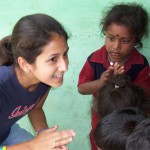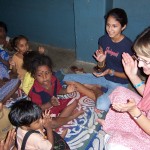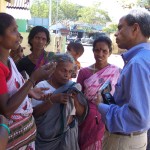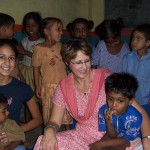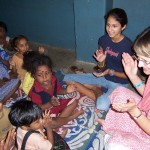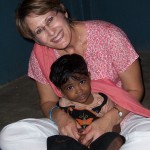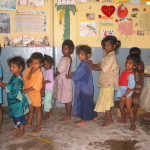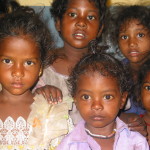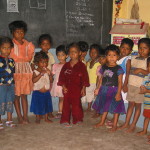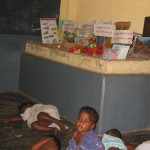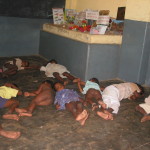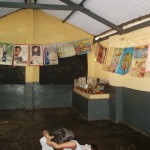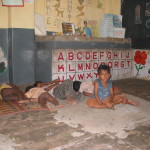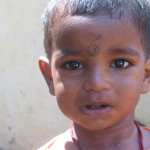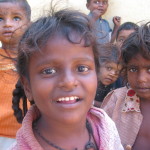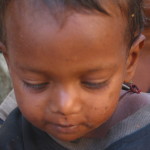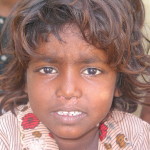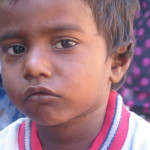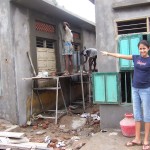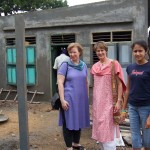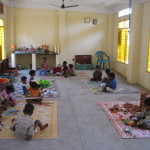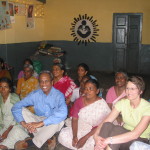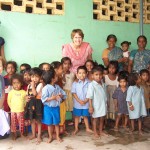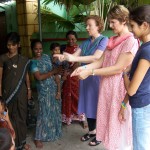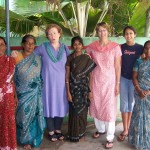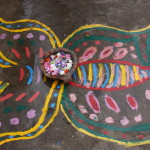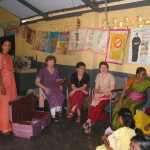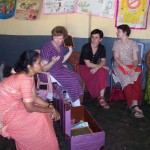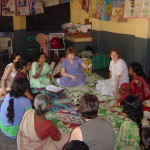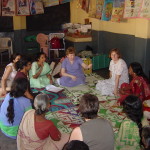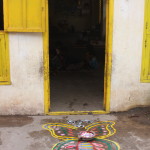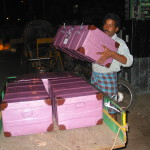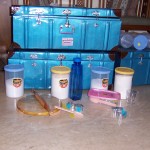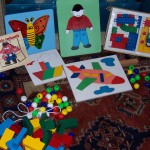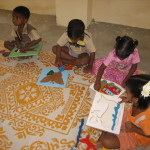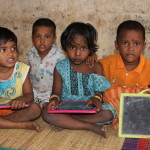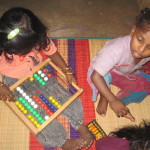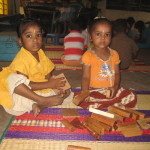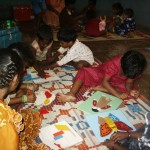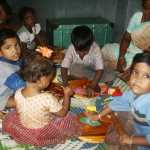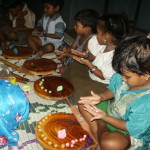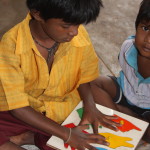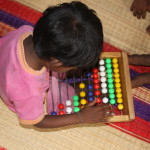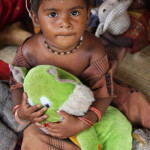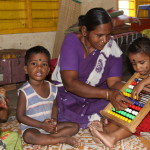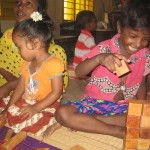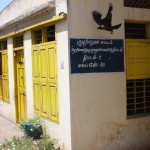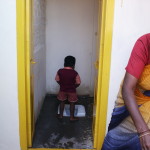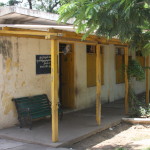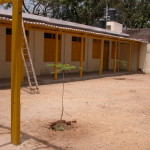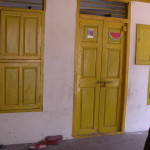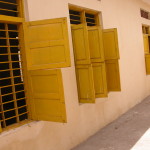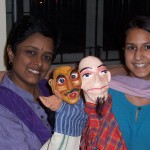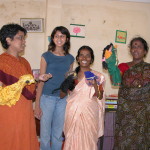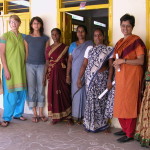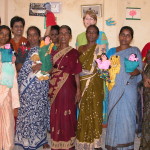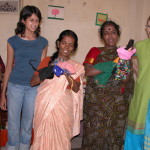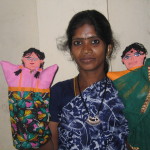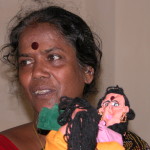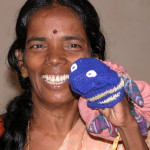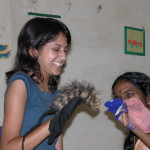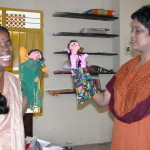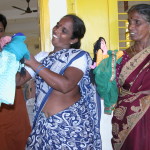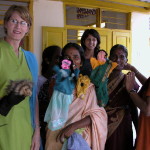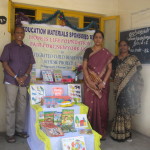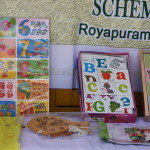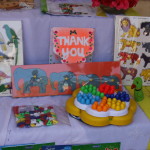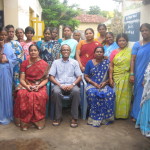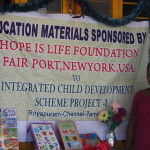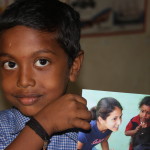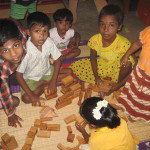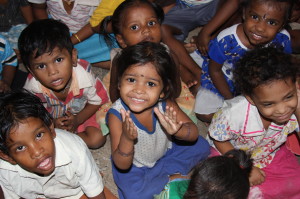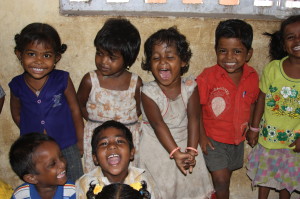The Butterfly Project is one of the major initiatives that resulted from the Yogachandra’s tsunami-relief trip in 2005. While traveling around southern India, Natascha and her parents aimed to visit as many villages as they could to ask one question. “What do you need?”
- Natascha Yogachandra with children
- Natascha & Debbie Yogachandra with children
- Nat Yogachandra with the day care center workers
In Chennai, India, several day-care centers or anganwadis, were damaged or completely destroyed by the monstrous wave. Anganwadis are pre-school/counseling centres run by the Social Welfare Department of the Government of Tamil Nadu for impoverished children and mothers. Each center has between twenty and thirty children in the 2.5 to 6-year age group. They receive lunch each day and basic health check-ups occasionally.These centers provide a safe space for the children of fishermen families while their parents go out to sea during the day.
- Day care Centers – BEFORE
Yet when the wave hit, the children and their teachers were left to sit in dirty, rotting buildings—ones with barely any natural light, no air circulation, and of course, no educational materials. Clearly, this was an area in need of major rebuilding.
Upon their first visit, Nat, Deborah and Natascha immediately agreed to fund the repair of not only the day-care centers, but of the education of the community as well. That meant that they would fund the construction of the buildings as well as provide educational materials (such as toys and books) and train teachers to create a safe and beneficial environment for the children.
- Day Care centers – TODAY
- Nat & Debbie Yogachandra with the workers
Why “Butterfly?”
The foundation’s advisor, Diana Schafter, was based in Chennai at the time and was a vital part of kickstarting and monitoring the project. Schafter brought together volunteers who trained the Anganwadi teachers and recruited a women with a Ph.D in puppetry to help create a teaching method that effectively employed puppets. So clearly, “butterfly” in our project name signifies transformation and progress.
However, it also comes from tragedy—earlier that year, in 2004, Schafter’s mom, Anne Dickinson Thomas, passed away in the Pacific Grove Monarch Butterfly Sanctuary when a six foot tree that was due for removal fell, taking the life of a beloved mother. Anne was a vibrant, caring and internationally-minded woman. Born in Englnad, she later worked in the Women’s Royal Air Force and became one of the early air hostesses for the British Overseas Airlines. She was truly an inspiration—she took college courses at the ripe age of 82—and it is after her that we name this project.
The Process
The first step involved providing educational materials. While the day-care centers were being rebuilt by local hands, we purchased large trunks and filled them with books, stuffed animals, toys, building blocks and puzzles.
Since several of the teachers had never used these items before, Diana gathered several local volunteers to teach the teachers how to utilize the materials in their everyday classes. No longer would there be idle days of sleeping and swatting away flies—there would only be learning and productivity, like schools should be. With the lessons, teachers learned how to teach basic concepts such as the alphabet, counting, shapes and even drawing.
- Toilets – TODAY
We soon realized it couldn’t end there. The condition of the bathrooms at the centers was horrendous, so Hope is Life agreed to install new bathrooms for girls and boys. Yet the children hadn’t learned hygienic practices and therefore didn’t know how to properly use the toilets. That’s where Dr. Banumathi came in. With a Ph.D. in puppetry, she trained the teachers how to make their own puppets and later utilize them for lessons about hygiene.
What’s Happening Now?
The Project didn’t end there. Hope is Life continued to monitor the progress of the centers after their initial service trip. The teachers continued to learn more ways to use the puppets in fun, productive ways, and they started to make new kinds of puppets with more elaborate techniques. The centers continued to improve—overhead fans were installed, windows brought in natural light and colorful mats lined the floor. A few years later, Hope is Life donated additional materials for the centers and also trunks full of educational toys and children books. The centers continue to be monitored by the Foundation, and we receive regular updates about the status of the children!
- Nat Yogachandra with the Day Care CenterTeachers and Care Takers
